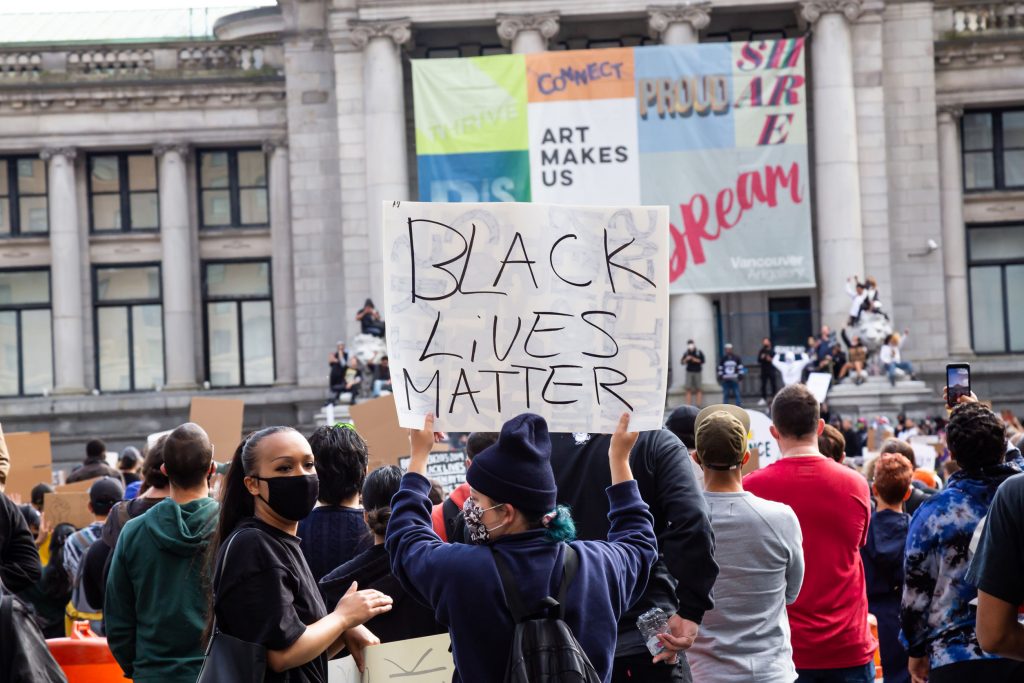Diversity officers offer guidance on tackling the current cultural moment
Leaders from Google, Porter Novelli and Edelman shared insights and strategies during ColorCommCON. Here’s the counsel they’re offering right now.

The diversity officer role is more necessary and relevant than ever.
However, despite the ubiquity of systemic racism and inequality, every organization faces its own unique challenges and path forward. “Every organization is at a different stage,” says Trisch Smith, global chief diversity and inclusion officer at Edelman. Her advice: “Pause, refocus and reset to identify those gaps in your organization” that are holding back true equity and inclusion.
“Take a real hard look at those goals that have been set,” she says. “Are they enough? If not, it is time to blow it up. Now is the time reevaluate everything.”
Smith spoke on a panel for ColorCommCON on June 30, alongside Soon Mee Kim, EVP and global diversity and inclusion leader for Porter Novelli and Melonie Parker, chief diversity officer and director of employee engagement for Google. The discussion focused on the role of the diversity officer in a moment of potential change and transformation—and how employees can push for change and racial justice within their own organizations.
Addressing the moment
The panelists noted that diversity and inclusion advocates should be prepared to seize this moment—but also acknowledged that this moment might look very different to different audiences.
Soon Mee Kim, speaking about the rapid pace of change in recent weeks, noted that we have seen almost a 180-degree turn from where we were at the beginning of the pandemic.
“It wasn’t too long ago that there was a lot of talk in the industry about whether DE&I were important,” she says, noting that many were putting all their focus on business continuity and responding to the pandemic. Now that the spotlight has returned, Kim says it’s important to find collaborators to move an agenda forward.
“In this role we are allies and advocates,” she says. “It’s important as leaders that we follow and co-partner.”
Google’s Melonie Parker agrees, adding that it’s important for DE&I leaders to follow that communications maxim about meeting their audience where they are.
“Our Black employees are traumatized and are dealing with mental health concerns,” she says, pointing to the disproportionate impact COVID-19 has had on Black and brown communities. White audiences are willing to lean in and learn, but she says that this is a very different starting place from where a Black audience might be coming from. It starts with COVID-19 and the disproportionate effect on Black and brown employees.
Offering counsel
What are these top DE&I leaders sharing with their organizations and networks?
“I am counseling our company, as well as individuals, to stand up and speak out,” says Smith. “There has to be collective action. We are at a pivotal point where change is not an option.” That might require calling out things that you see and speaking up in a way that makes you uncomfortable.
“As individuals that can be scary, but there can be strength in numbers,” she says. She also cites research from Edelman that supports organizations using their voice and platform to speak out against racial injustice.
“Over 60% of those polled expect companies to say something about systemic racism,” she says. “In addition to that, they said that companies have ‘to get their house in order.’” This is especially true for recruitment and retention, where employees are likely to select an employer based on an inclusive environment and visible action on topics such as race.
It’s not just Edelman’s research that supports speaking up. Porter Novelli’s research has returned the same results.
“Seventy-one percent of Americans expect a company to be making a stand,” says Kim, particularly if you are emphasizing “purpose” in your messaging.
Barriers for Black leaders
The panelists spoke about the challenges that diverse workers encounter when trying to advance within an organization.
“Isolation and loneliness,” said Parker, sharing that leaders can help combat this by “sponsoring” employees, something she differentiated from mentorship. In her words, sponsorship means that someone is making sure you know about upcoming opportunities, that someone is speaking up for you behind closed doors.
Parker says that for employees who don’t feel sponsored or seen, it can feel like “you have to prove yourself over and over again.”
Kim says that another of the barriers facing diverse workers are the “vectors of power.”
“Too often I will speak to the ‘white moderate’ who is not permitting their good intentions to be questioned,” she says, instead encouraging leaders to “create space to hear other voices.” She also says that power vectors have an impact on what issues are seen as urgent.
For Kim, that’s one of the positive things about the current crisis being felt across industries. “This moment is creating that needed tension,” she says, to create urgent action on issues that are usually placed on the backburner.
Smith focuses on issues around inclusion when she looks at why more Black workers haven’t advanced into leadership roles. Junior workers who face ongoing micro-aggressions and non-diverse leadership tend to leave the organization.
Instead, she says that a culture must be created so that diverse employees “know that they are needed and that their voice has value.”
An inflection point
All the panelists agreed that we are in a current moment that offers the potential for transformation.
“There is this perfect storm moment that we are experiencing,” says Smith. “I believe it will allow us to achieve great change,” adding that the work of DE&I is “my job, but all of our responsibility.”
The panel also stressed that DE&I work won’t be accomplished in one training or within a short period of time. Rather, the work requires dedication and long-term investment.
“If we think a particular program or initiative is going to solve our concerns,” says Kim, “that is misguided. To take on diversity inclusion and justice, you are signing up for transformation. Programs are great, but what else?”
Engaging your partners
How can your organization engage on issues like race with sponsors, partners and affiliates who aren’t meeting your standards around racial equality or justice?
“I try to look more holistically and bring humanity in,” says Parker. “If we are just having conversation around data and stats, you don’t see the people behind it. Stories are powerful, and they create empathy.”
Kim referred to the speaker Bryan Stevenson and his words about the importance of proximity for understanding and empathizing with the suffering of others.
“We don’t have cross-cultural friend groups,” she says. “Most of us have friends that look us … If you don’t have proximity—we are not connected in the ways that we should.”
Perhaps proximity to your partner or sponsor could be the magic ingredient that allows you to push them toward a more just and equitable position? It’s a question every company should be asking.







